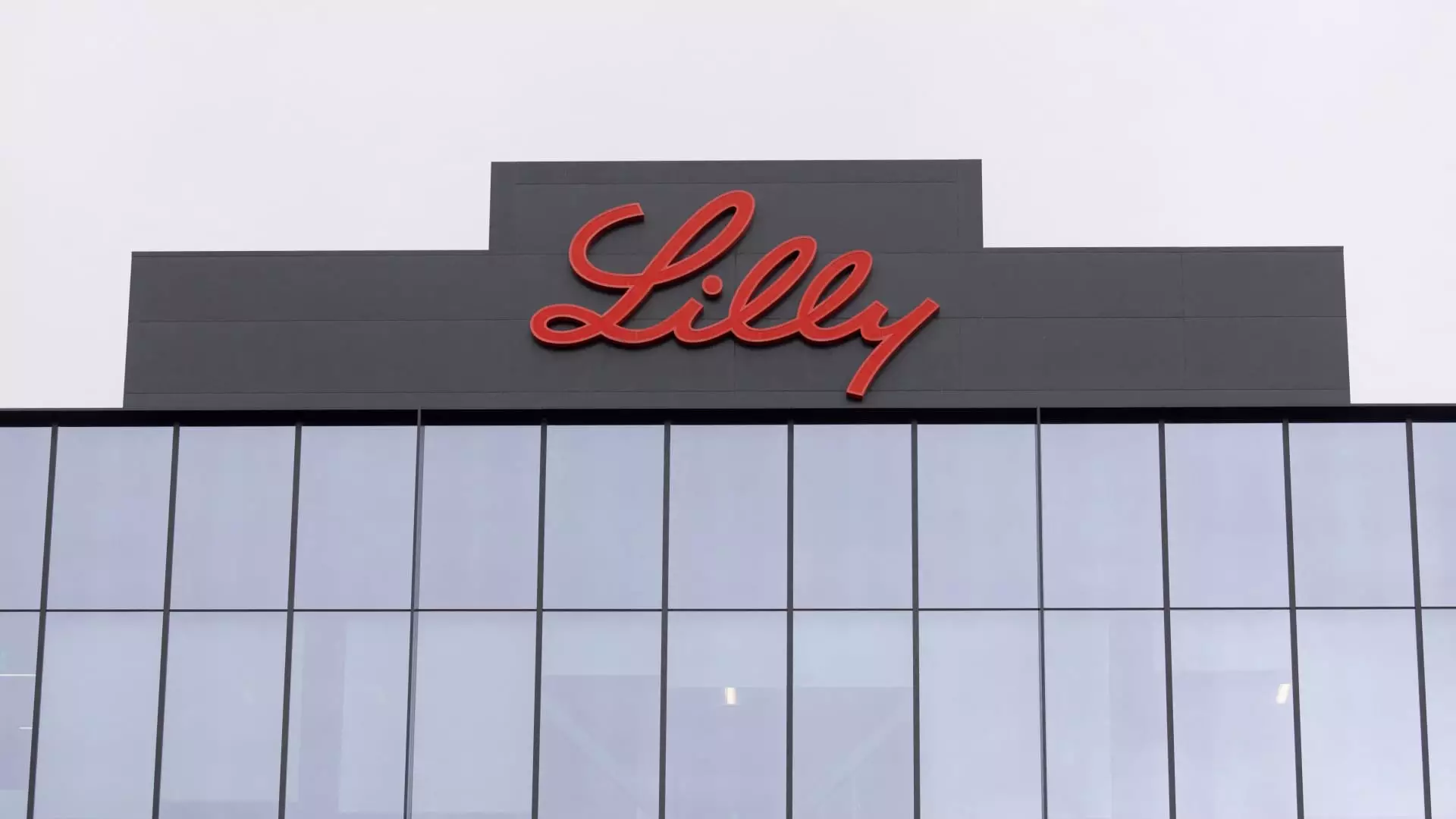Eli Lilly’s financial performance in the third quarter of 2023 has raised significant concerns among investors and industry analysts alike. The pharmaceutical giant not only reported profits and revenues that fell short of Wall Street expectations but also revised its full-year earnings guidance downward—a combination that resulted in a striking 10% drop in its stock price. This decline indicates the severity of the company’s struggles and reflects broader implications for its drug pipeline and market positioning.
Two key products—Zepbound, a weight-loss drug, and Mounjaro, for diabetes treatment—faced unexpected sales declines during this quarter. Eli Lilly attributed these disappointments to depleted inventory levels in the wholesale distribution channel. Such inventory issues hint at challenges in supply chain management, which can undermine consumer trust and impact long-term revenue projections. The adjusted earnings guidance now reflects an expectation of $13.02 to $13.52 per share, a stark departure from the earlier forecast of $16.10 to $16.60 per share, indicating a troubling trend in financial health.
Eli Lilly’s financial results were also significantly impacted by a $2.8 billion acquisition-related charge. Such large one-time expenses can distort the underlying performance of a business, leading to questions regarding the strategic rationale behind recent acquisitions. Additionally, the company has adjusted its revenue outlook downward, now anticipating sales between $45.4 billion and $46 billion, compared to a previous ceiling of $46.6 billion. This revision signals not only operational struggles but potentially broader market challenges as well.
Analyzing specific figures reveals a more complex picture. Eli Lilly reported an adjusted earnings per share (EPS) of $1.18, significantly below the anticipated $1.47. Similarly, total revenue of $11.44 billion missed the expected $12.11 billion. While year-over-year revenue growth of 20% might appear promising at first glance, it is essential to scrutinize the sustainability of such growth, especially given the current quarter’s setbacks.
The market dynamics surrounding Eli Lilly’s incretin drugs have become increasingly intricate. Despite the high demand for products like Zepbound and Mounjaro—driven by their efficacy in appetite regulation and blood sugar management—supply chain difficulties have been a persistent issue. This year, however, signs of resolution emerged as the Food and Drug Administration reported that all doses of these drugs are available in the U.S. Nonetheless, the caveat remains that patients may still encounter frustrations in securing their prescriptions, underscoring the fragility of the supply chain.
Looking Ahead: A Time for Strategic Reevaluation
In light of these challenges, Eli Lilly faces a critical juncture. The combination of disappointing financial results, increased operational pressures, and evolving market expectations necessitates a comprehensive reevaluation of its strategic direction. Investors and stakeholders will closely watch the company’s efforts to regain momentum, improve its supply chain reliability, and restore confidence as it navigates the complexities of a competitive pharmaceutical landscape. Ultimately, returning to strong profitability will require more than just recovering from this quarter’s setbacks; it will demand innovation and robust strategic planning in the months ahead.

